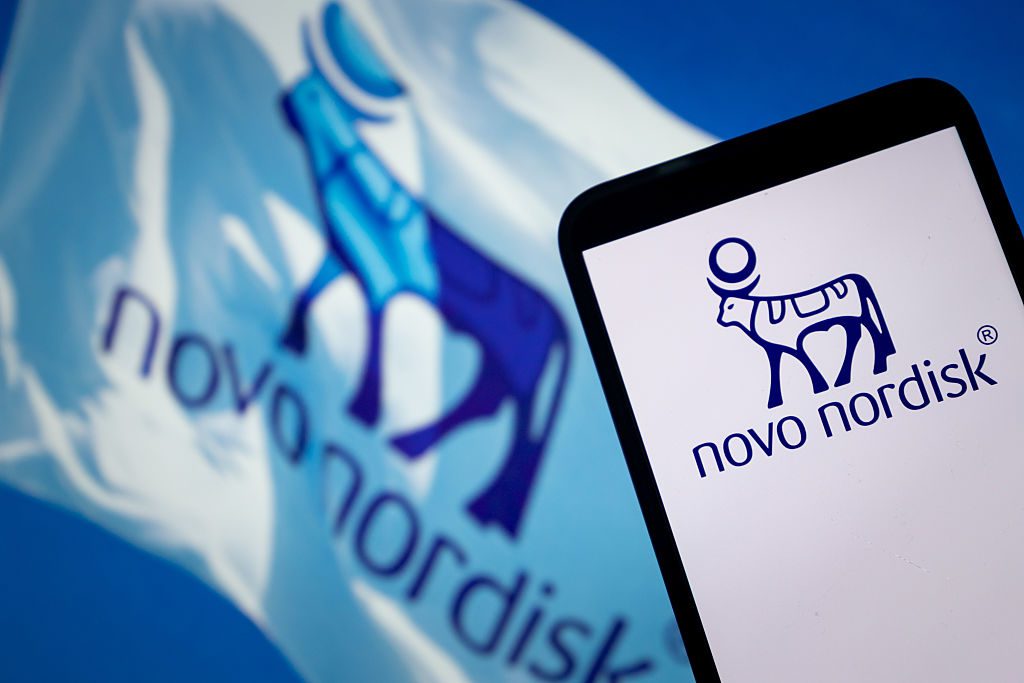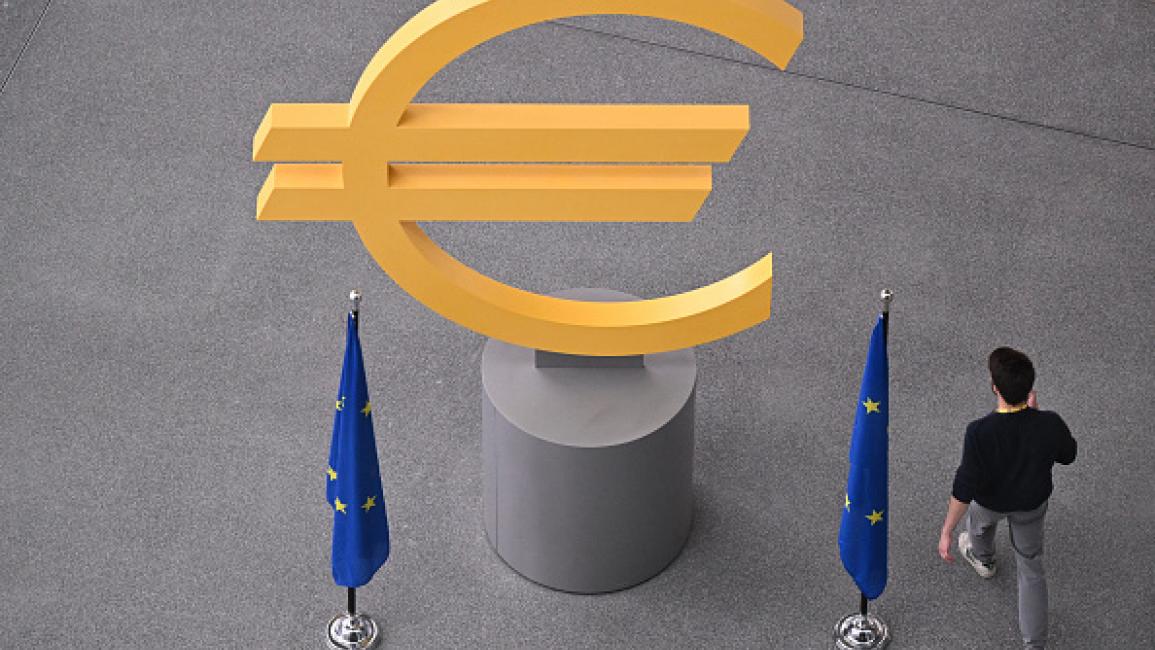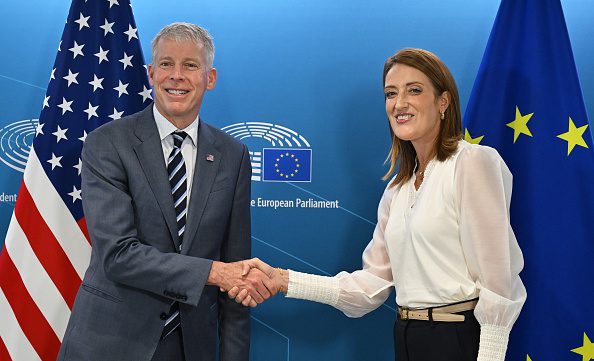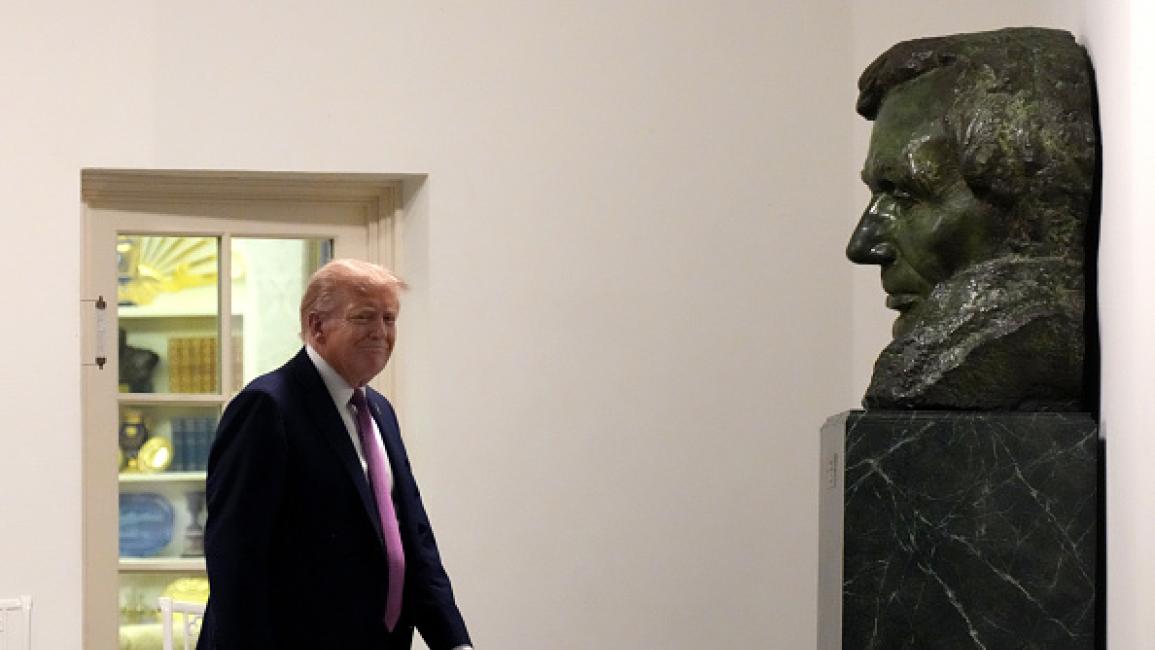
The financial landscape in 2025 is more dynamic than ever. Two of the world’s most influential currencies—the U.S. dollar and the euro—are facing unprecedented challenges, not only from traditional market pressures but also from the rapid rise of digital currencies. Policymakers on both sides of the Atlantic are now debating whether the dollar and euro can maintain their dominance in a future defined by digital transformation, artificial intelligence, and the global economy.
The U.S. Dollar: Still the Global Standard?
For decades, the U.S. dollar has been the backbone of international trade and finance. From oil contracts to global reserves, the dollar remains unmatched in its reach. However, in recent years, questions have emerged about whether this dominance can survive in a new financial system.
Washington’s hesitancy in developing a digital dollar has sparked debates among economists and investors. Some warn that delays could erode confidence in the currency. As highlighted in the ongoing central bank digital currency race, the U.S. faces pressure from China’s digital yuan and Europe’s push toward a digital euro. If the U.S. dollar fails to adapt quickly, the global financial order could shift.
The Euro’s Position in Global Finance
Europe, on the other hand, has been moving cautiously yet decisively toward establishing a digital euro. The European Central Bank argues that such a currency would strengthen financial sovereignty and reduce dependence on outside systems. For European markets, this is not only a monetary issue but also a geopolitical one.
The euro has long competed with the dollar in terms of influence, but it has not yet surpassed it. However, as energy markets evolve—particularly with green energy and massive investments—Europe sees an opportunity to tie its financial system to the future of sustainability. If the euro is strongly linked to the renewable energy sector, its role in the global economy could expand significantly.
Stagflation Risks on Both Sides
Despite these technological advances, both the U.S. and Europe face economic risks tied to inflation and growth. Analysts warn that stagflation on the horizon could affect investor confidence in both currencies. Persistent inflation, combined with slowing growth, may weaken trust in traditional assets.
For the dollar, this means higher pressure from alternative investments such as cryptocurrencies. For the euro, the challenge lies in maintaining stability while balancing diverse economies across the EU. Either way, stagflation is a reminder that technological progress cannot fully shield currencies from macroeconomic realities.
Artificial Intelligence and Market Shifts
Beyond monetary policy, technology itself is reshaping the way currencies are valued and traded. Artificial Intelligence is invading Wall Street, where trading algorithms now dominate decision-making. This shift is not limited to the United States—European markets are also embracing AI-driven strategies.
The growing influence of AI introduces new risks. Algorithms move faster than human traders, often reacting instantly to news or data releases. In currency markets, this could mean more volatility for both the dollar and the euro. While investors benefit from increased efficiency, regulators fear that AI could trigger systemic shocks if left unchecked.
Energy, Trade, and the Future of Currencies
Another key factor in the dollar–euro rivalry is energy. The U.S. remains a major player in fossil fuel production, but Europe is investing heavily in renewables. The link between green energy and massive investments and financial markets is stronger than ever. If Europe succeeds in leading the transition to a carbon-free economy, the euro could become the “green currency” of the future.
Meanwhile, the dollar’s status depends largely on global trade. Most commodities are still priced in dollars, giving it an advantage. But if major economies decide to diversify, particularly through CBDCs and energy trade in euros or yuan, the dollar’s dominance could erode faster than expected.
The Digital Currency Question
The rise of central bank digital currencies (CBDCs) is the single most important development for both the dollar and the euro. According to many economists, whoever establishes the most reliable, scalable, and trusted digital currency first will have a competitive edge in the global economy.
The U.S. faces pressure to ensure the dollar retains its reserve status. At the same time, Europe sees a chance to modernize its financial system and increase the international role of the euro. This is why the central bank digital currency race is more than a financial battle—it is about geopolitical power in a digital world.
What Investors Should Watch in 2025
-
Federal Reserve and ECB decisions – Monetary policy will determine how markets react to inflation and growth.
-
AI adoption in financial systems – The role of technology will shape volatility in currency markets.
-
Energy transition policies – The euro’s link to renewable energy may boost its relevance.
-
CBDC development – The timeline for launching digital currencies will define global financial leadership.
-
Geopolitical risks – From trade wars to regional conflicts, global uncertainty will continue to weigh on both currencies.
Conclusion: A New Era of Competition
The competition between the U.S. dollar and the euro in 2025 is unlike any in history. It is no longer just about interest rates or trade balances—it is about technology, energy, and digital innovation. Both currencies face risks of stagflation, investor skepticism, and AI-driven volatility. Yet both also hold unique advantages.
The outcome of this battle will determine more than just currency values. It will shape the future of international trade, investment, and global stability. In this new financial era, the question is not whether the dollar or euro will survive—but which will adapt best to the demands of the digital economy.
U.S. dollar vs euro, digital currencies 2025, CBDC race, stagflation impact, AI in finance, green energy investments, central bank policies, global economy outlook, euro stability, dollar dominance




